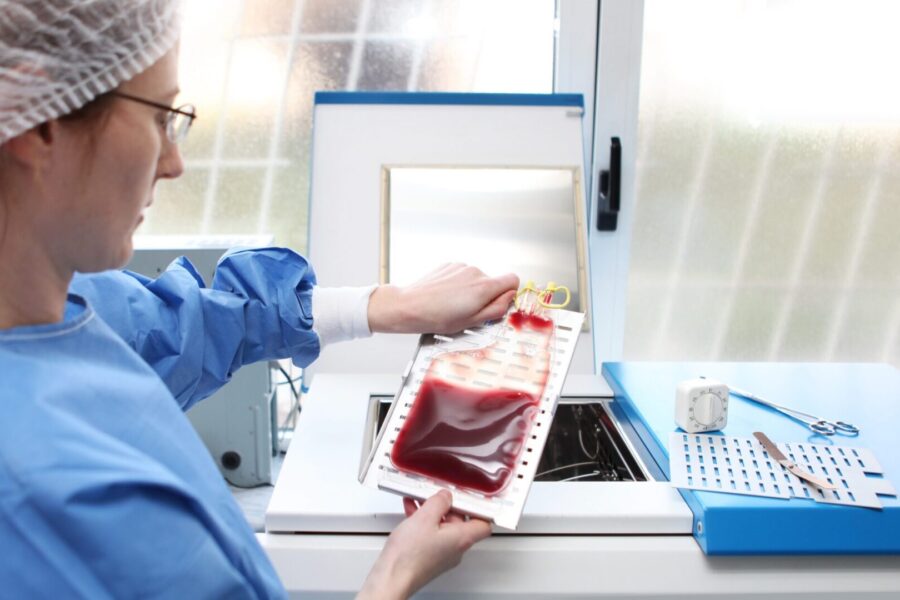The importance of cryopreservation solutions and controlled-rate freezing in PBMC storage
Preserving peripheral blood mononuclear cells (PBMCs) with high viability and functionality is essential for successful downstream experiments. However, improper PBMC isolation and freezing techniques can significantly compromise cell quality, leading to inconsistent results. Optimising both cryopreservation solutions and freezing protocols is critical to ensuring reliable and reproducible outcomes in immunology research and hematology research.
What are cryopreservation solutions?
Cryopreservation solutions are specialized media containing cryoprotectants, such as dimethyl sulfoxide (DMSO), which prevent ice crystal formation inside cells. Ice crystals can puncture cell membranes and damage organelles, leading to cell death or impaired function. By stabilising the cellular environment, these solutions preserve PBMC composition, ensuring that cell phenotypes remain intact for applications such as PBMC flow cytometry and functional assays.
Key benefits of optimised cryopreservation media:
- Minimises ice crystal formation.
- Maintains cell membrane integrity.
- Preserves PBMC cell types critical for biomarker discovery and functional assays.
Why controlled-rate freezing matters
The freezing process directly impacts PBMC viability. Rapid freezing often results in osmotic shock and intracellular ice formation, which can damage cells. Controlled-rate freezing mitigates this risk by gradually lowering the temperature, allowing water to exit cells without freezing internally. This technique is particularly crucial when working with leukopack PBMC isolation or ficoll PBMC isolation, where sample integrity is a priority.
Advantages of controlled-rate freezing:
- Reduces cell stress during freezing.
- Maintains high post-thaw viability.
- Preserves PBMC functionality for downstream experiments.
Enhancing post-thaw viability
A well-optimised freezing and thawing protocol is essential for maximizing PBMC recovery. Effective protocols minimize cell death, ensuring large numbers of viable PBMC samples for experiments. This is particularly important for studies requiring rare immune cell subsets or high cell counts in clinical research.
Why these PMBC storage methods matter for your research
Using high-quality cryopreservation solutions and controlled-rate freezing techniques for PBMC storage allows researchers to:
- Store PBMCs from whole blood long-term without quality loss.
- Achieve consistency between fresh PBMCs and frozen PBMCs.
- Generate reliable data across multiple longitudinal studies.
By prioritising these methods, you can safeguard the integrity of your human biospecimens, ensuring reproducible results in hematology clinical research and immunologic research.
PBMCs from Research Donors
Research Donors is a UK-based, HTA-licensed company specialising in biospecimen procurement for life science research. We offer both fresh and frozen PBMCs, along with other blood products for research such as whole blood, leukopacks, plasma, and serum.
Our frozen PBMCs, processed within five hours of collection, utilise best-in-market cryopreservation solutions and controlled-rate freezing protocols. These are available to order through our large bio repository.
Most of our PBMCs come from HLA-typed leukapheresis donations, and we can provide customisable options to meet exact research needs.
Ready to optimise your PBMC workflows?
Explore our PBMC products or contact our team of experts to learn how to maximise PBMC viability and functionality in your research.





